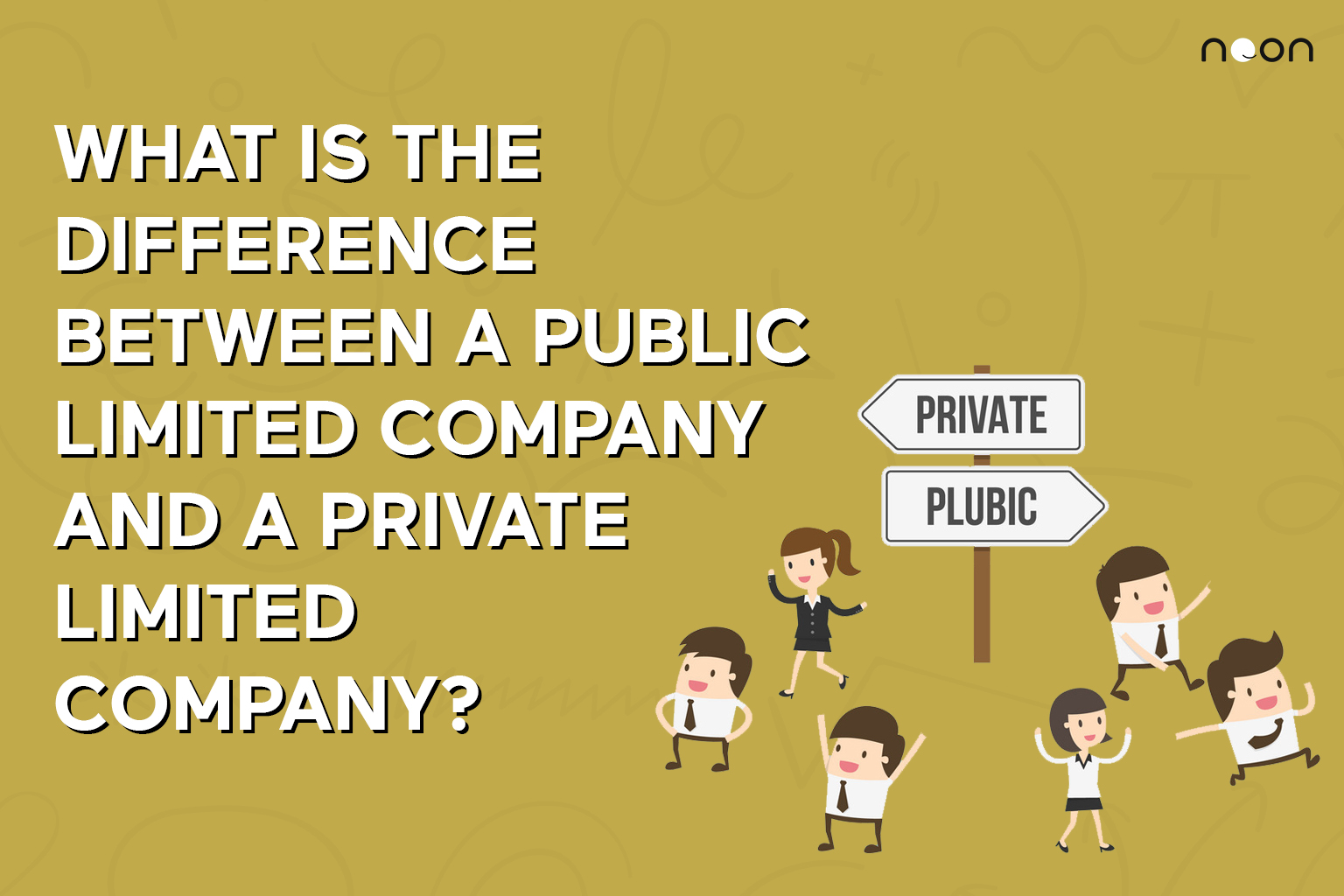
A public limited company and a private limited company are both types of businesses, but there are some key differences. In this blog post, we’ll outline the main distinctions between the two kinds of companies.
We’ll also discuss the benefits of each type of business structure. So, whether you’re thinking about starting your own business or you’re just curious about the differences, read on!
What is a public limited company?
A public limited company is a type of company that is listed on a stock exchange and is therefore available for public investment.
A public limited company is a form of business entity where the liability of the shareholders and the number of shares are both limited. The shares of a public limited company can be bought by anyone and sold on the stock market.
One of the main advantages of investing in a public limited company is that it offers greater liquidity than private companies since shares can be easily bought and sold.
Furthermore, public limited companies are typically larger and more well-established than private companies, which makes them less risky investments. However, public limited companies are also subject to stricter regulations, which can limit their flexibility. Overall, public limited companies offer both advantages and disadvantages for investors to consider.
What is a private limited company?
A private limited company is a type of business entity that is owned by shareholders. The shareholders elect directors to manage the company, and the directors appoint officers to oversee the day-to-day operations.
Private limited companies are legally required to have articles of association, which outline the rules and regulations governing the company. In addition, private limited companies must file annual reports and accounts with the Registrar of Companies.
Private limited companies can be either unlisted or listed on a stock exchange. Unlisted companies are not required to disclose their financial information to the public, while listed companies must make their financial statements available to investors.
Private limited companies typically have between two and fifty shareholders. The shareholders may be individuals, businesses, or other legal entities such as trusts.
Shares in a private limited company are not freely transferable, and may only be transferred with the consent of the director.
Private limited companies are typically used for businesses that are family-owned or closely held. They offer certain benefits such as liability protection and tax advantages. However, they also have some disadvantages, such as restrictions on ownership and disclosure requirements.
What is the difference between a public limited company and a private limited company?
A public limited company (PLC) is a type of company that is quoted on the stock exchange and can sell shares to the general public. A PLC must have a minimum share capital of £50,000 and must also comply with certain other legal requirements.
In contrast, a private limited company (Ltd) is not quoted on the stock exchange and cannot sell shares to the general public. There are no minimum share capital requirements for a Ltd, but there are some other legal requirements that must be met.
One key difference between a public limited and private limited company is that a PLC can raise capital by selling shares to the general public, while an Ltd cannot. This makes it easier for a PLC to grow and expand than an Ltd.
Another key difference is that shareholders of a PLC have limited liability, meaning they are only liable for the amount of money they have invested in the company. Shareholders of an Ltd have unlimited liability, meaning they are liable for all debts of the company even if they have only invested a small amount of money. This makes investing in a PLC less risky than investing in an Ltd.
Start learning with The Noon Academy
Noon Academy is the perfect place for you to learn all about any subject, no matter your level of expertise. We have everything you need to get started, from introductory videos to more complex concepts.
We make it easy for you to learn – just download our App and sign up for an account.
What are you waiting for? Start learning today!



